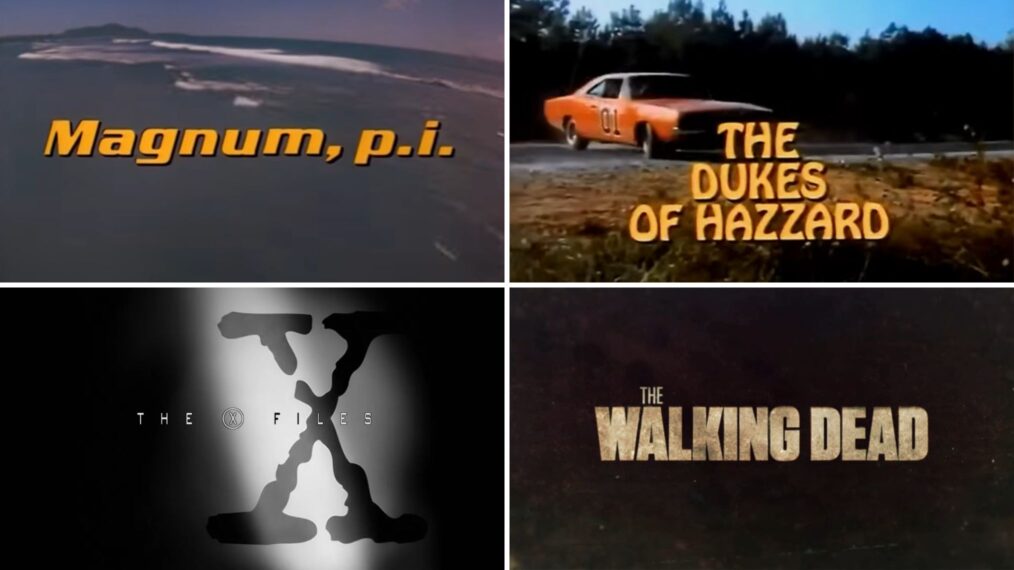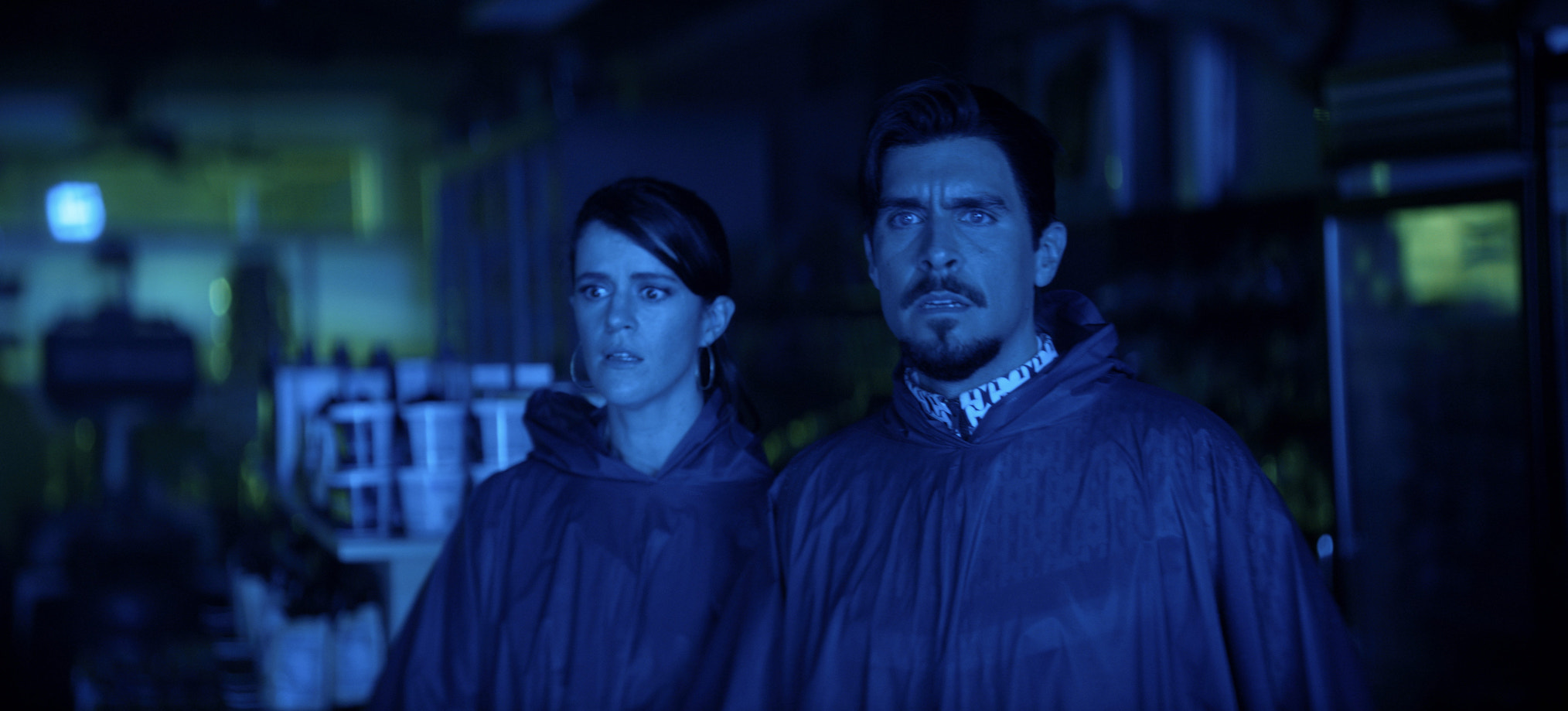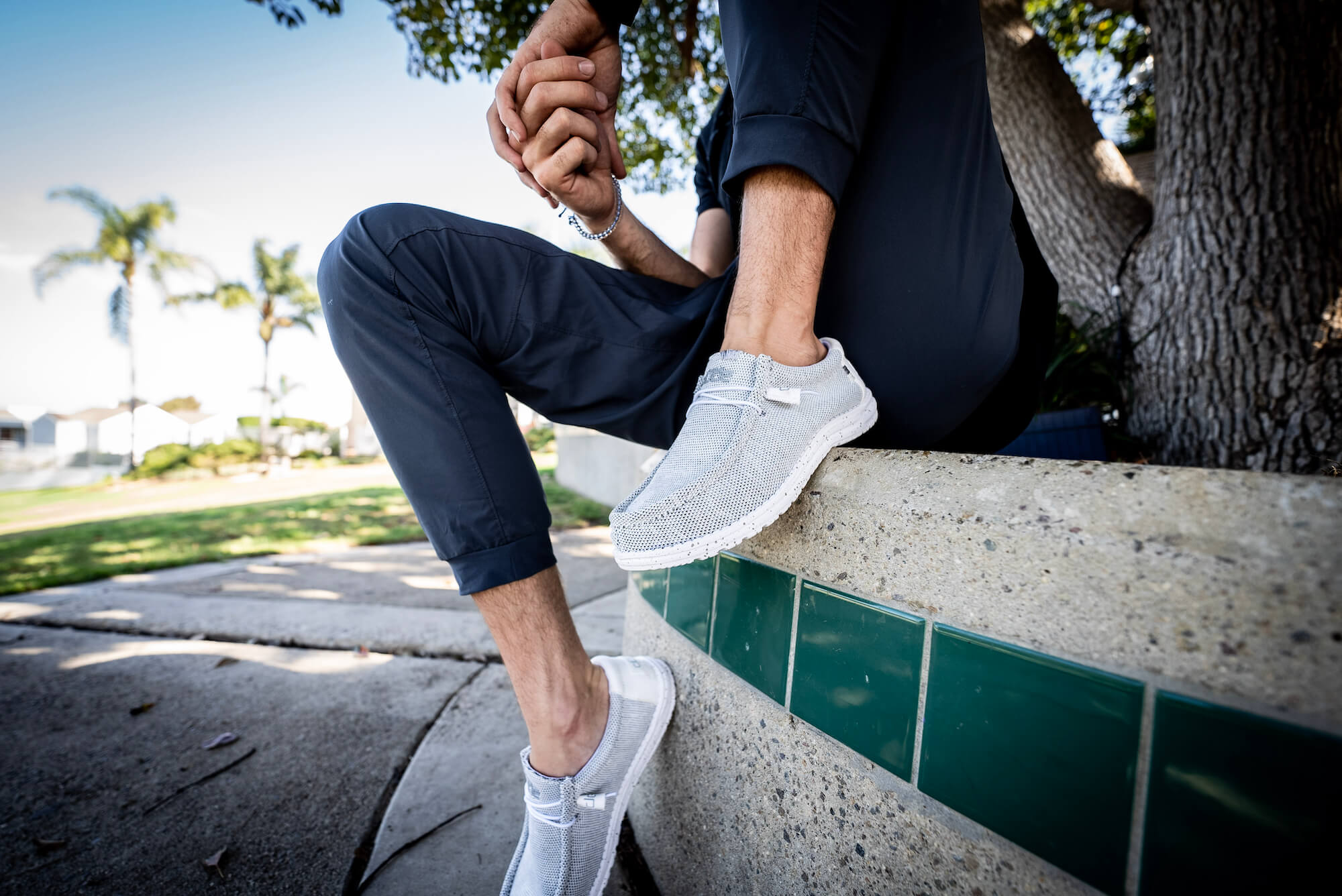
NASA’s Z-1 spacesuit prototype may not have become a reality, but there’s no denying that this project was inspired by Disney’s Buzz Lightyear. It was originally the agency’s first step in the developmental platform known as the Z-series, pushing the envelope on the capabilities of a “soft” exploration suit in terms of mobility.
It was mainly used as a prototype testbed to provide a first look at multiple technologies that would enable spacewalks both on planetary surfaces and in microgravity. The team managed to increase mobility through innovations in shoulder and hip joints, utilizing a number of new bearings to allow space suit wearers to dip, walk and bend with ease. This marked departure from previous “hard” composite torsos in NASA’s current spacewalking suit, the Extravehicular Mobility Unit, or EMU. What did NASA end up using? This spacesuit for future astronauts on Artemis missions.
LEGO Creator Expert NASA Apollo 11 Lunar Lander 10266 Building Kit (1,087 Pieces)
- Developed in cooperation with NASA to mark the 50th anniversary of man’s historic walk on the moon, this highly detailed collectible LEGO replica of the iconic Apollo 11 Eagle Lunar Lander is a spectacular display model
- It’s packed with amazing details, including detachable ascent and descent stages, a lunar surface display base and 2 astronaut minifigures with NASA-detailed spacesuits
- The LEGO Creator Expert Apollo 11 Lunar Lander makes an impressive display for home or office
- The advanced LEGO Creator Expert Apollo 11 Lunar Lander model is a challenging and rewarding LEGO building set that makes a great gift for space and NASA fans, and for kids ages 16+
- The LEGO Creator Expert NASA Apollo 11 Lunar Lander measures over 7” (20 cm) high, 8” (22cm) wide and 7” (20cm) deep

Photo credit: Space.com
After extensive testing and engineering design, the team came away with a number of important lessons. They learned that while some increased mobility was favorable, such as greater waist abduction and adduction, it led to less than favorable conditions like a smaller allowable torso size,” said NASA.



























































